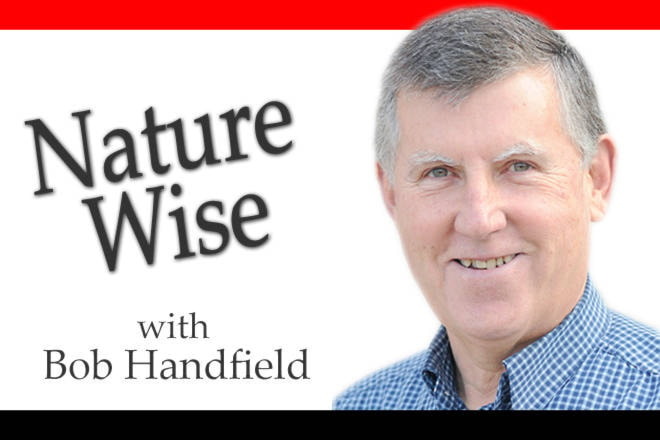In September of 2016, I wrote in this column about the incredible toll that our road transportation system (cars, trucks, buses, etc) takes on wildlife.
The figures are quite astounding, estimated at more than 350 million animals per year in the U.S.
Here in B.C., ICBC collects data on vehicle large animal collisions (deer, moose, etc) because those obviously can cause significant damage and injury or death to humans. At the time of my earlier column there was no reliable data available for road kill in the south Okanagan but now a new study by Stephanie Winton, a research assistant in Environmental Science at Thompson Rivers University in Kamloops, gives us some hard data to ponder.
READ MORE: Nature Wise - road kill takes a terrible toll on wildlife
Stephanie and her colleagues documented over 2,500 kills in just four years and this was only during the period April to September and the study was only for the White Lake area on a total road length of just 12 kilometres. This study (and others elsewhere) concludes that the actual kill numbers are probably three times the number counted by the researchers on the road. Some animals get injured and manage to crawl off the road before dying while others are carried away by scavengers before they can be counted.
READ MORE: Speed limit hikes caused more fatalities on B.C. highways: study
The study was actually carried out to assess the impact of roadkill on Western rattlesnake populations; now I can just hear some of you saying, if only to yourself, who cares about rattlesnakes? Well, we all should, Snakes of all types are important components of our local ecosystems. Rattlesnakes eat rodents and unless you want to be knee deep in mice and voles, it is important that snakes be a continuing part of our ecosystems.
The researchers counted all road kill, not just snakes and here’s the sad toll: 278 birds spread amongst 38 species; 173 mammals spread amongst 16 species; 1279 frogs and salamanders (four species) and 845 reptiles spread amongst 8 species, including of course western rattlesnake. Now keep in mind, this is just on 12 kilometres of road! I wasn’t able to find out how many kilometres of paved roads there are in the south Okanagan but it certainly would be in excess of several hundred so you can see what an impact road kill could potentially have on our wildlife populations.
Mortality from road kills is not equally important to all species; for those like American robins which are not endangered, there is little likelihood that road mortality will be a significant factor on the survival of area populations. On the other hand, for endangered species such as rattlesnakes, road mortality is a very significant factor in whether the species survives locally. Winton and her colleagues estimated that about seven per cent of the rattlesnake population in the White Lake basin area was killed each year by traffic. That exceeds the estimated growth of the population by a significant amount and therefore, unless corrective measures are taken, the rattlesnake population in that area is doomed to extinction.
So can anything be done to reduce this carnage? Fortunately, the answer is yes. Elsewhere in the world, depending on the local species at risk, underpasses (culverts) and overpasses have greatly reduced the amount of road kill. As part of some highway work done in the White Lake area last year, several culverts and fencing were installed to guide critters under the road. Warning signs and a reduced speed limit could also potentially reduce road kill. A speed limit of 80 km on a relatively narrow, sometimes windy road, in an area frequented by numerous bird watchers and hikers, seems unnecessary; a 60 km limit would not add significant time to anyone’s trip but might be significant in reducing vehicle –critter interactions.
Bob Handfield is president of the South Okanagan Naturalists’ Club but the views expressed here are his own and not necessarily those of the club.
